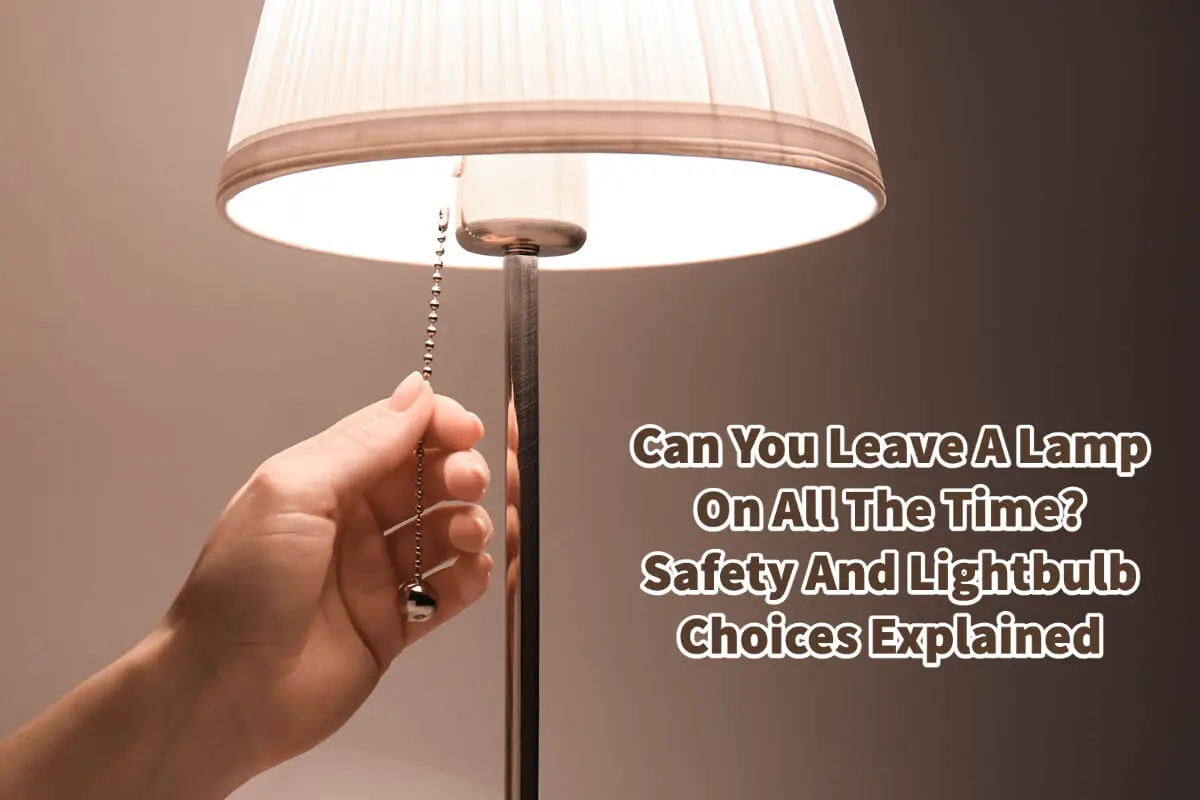Have you ever wondered if it was safe to leave a lamp plugged in and switched on 24/7? You might think that leaving your lamps switched on constantly is something you need to do.
We do not recommend always leaving a lamp on as there could be some safety issues. It may also affect how long the lamp will last as most lamps are not tested to be left on constantly for an extended time. But if, for some reason, you need to leave a lamp on for an extended period, there are things you can do to ensure safety.
Table of Contents
- Safety Is Your First Priority When Leaving A Lamp On All The Time
- A Guide To Different Lightbulbs And Why LED Is The Safest Option
- Frequently Asked Questions
- Related Content
Safety Is Your First Priority When Leaving A Lamp On All The Time
Leaving a table lamp on all the time can create a cozy and warm atmosphere in your home. However, it is essential to be aware of potential safety concerns arising from doing so. As a responsible homeowner, safety should always be your top priority for any electrical appliance.
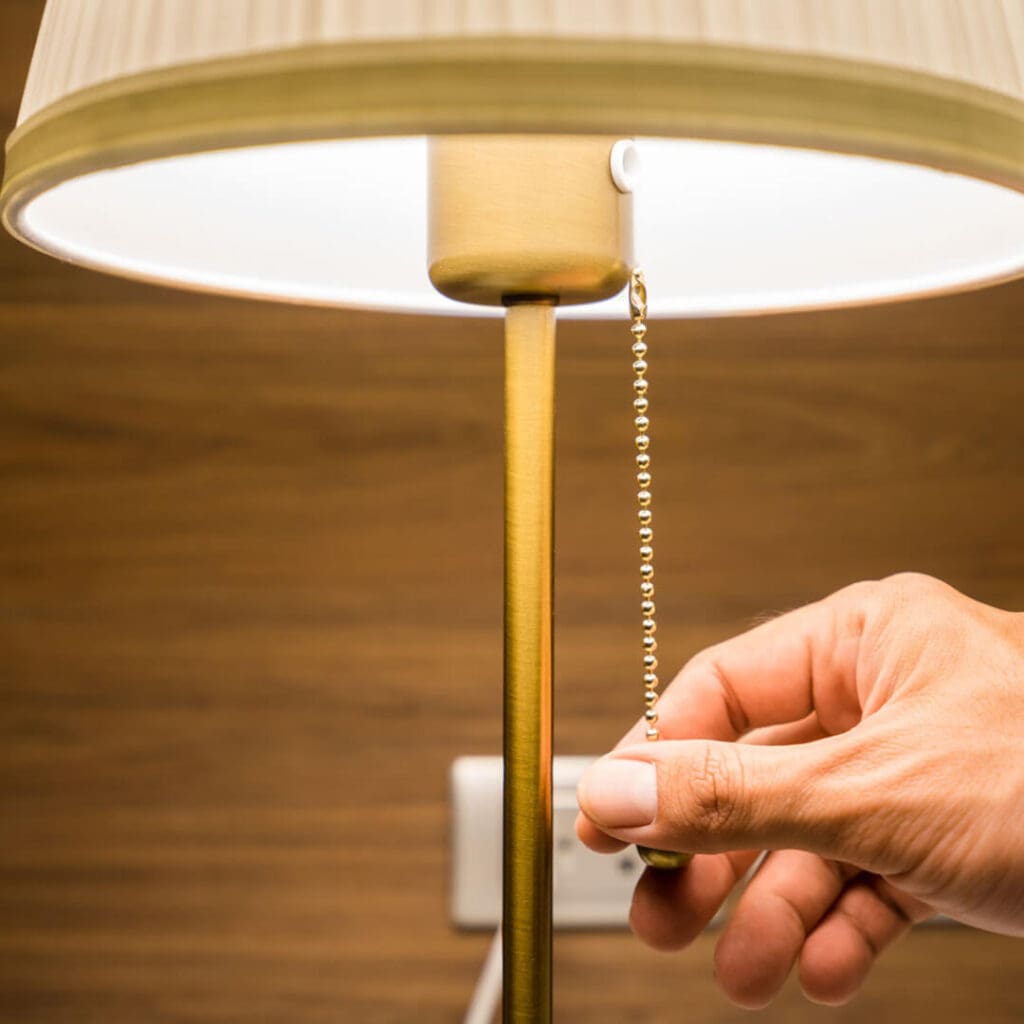
We do not recommend that you leave a lamp on all the time. Most lamps are not manufactured to be left on constantly and instead are manufactured to be turned off and on when needed.
Also, leaving the lamp on can affect how long the lamp will last. But if you need to leave a lamp on for an extended period, here are some safety issues you need to consider.
Beware Of Lamp Overheating
Most electrical appliances are not meant to be on constantly, and a table lamp is no exception. Leaving a lamp on for extended periods can cause it to overheat, which can be a fire hazard.
If you need to leave it on for extended periods, ensure the lamp is in a well-ventilated area and keep flammable materials away from it.
Damaged Electrical Wiring Is A Safety Concern
For some reason, I have a cat who chew on lamp cords. If you are in a similar situation, you must carefully check your electrical cords.
Electrical wiring can become damaged or frayed over time, posing a fire risk. Check the wiring of your lamp regularly and replace any damaged cords or plugs.

Using The Wrong Wattage Bulbs
Using the wrong type of bulb or exceeding the wattage rating can cause the bulb to overheat and potentially cause a fire. Always use the recommended bulb and wattage specified by the manufacturer.
Unnecessary Energy Consumption
Leaving a lamp on all the time can lead to higher energy bills. Consider using energy-efficient bulbs or a timer to control when the lamp is on.
With electric bills increasing these days, it is good to turn off the lamps to help you save on energy bills. Lamps do not take a lot of energy, but all this can add up over time.
Children And Pets Can Be A Safety Concern
Ensure the lamp is out of reach of children and pets, and ensure that cords are safely tucked away to avoid tripping hazards. Also, if you are like me and have animals that may take to chewing some cords, you may need to be extra careful.
If you always plan to leave a table lamp on, you must be aware of these safety concerns and take appropriate precautions to prevent accidents or hazards. Doing so lets you enjoy your lamp’s cozy and welcoming ambiance with peace of mind.
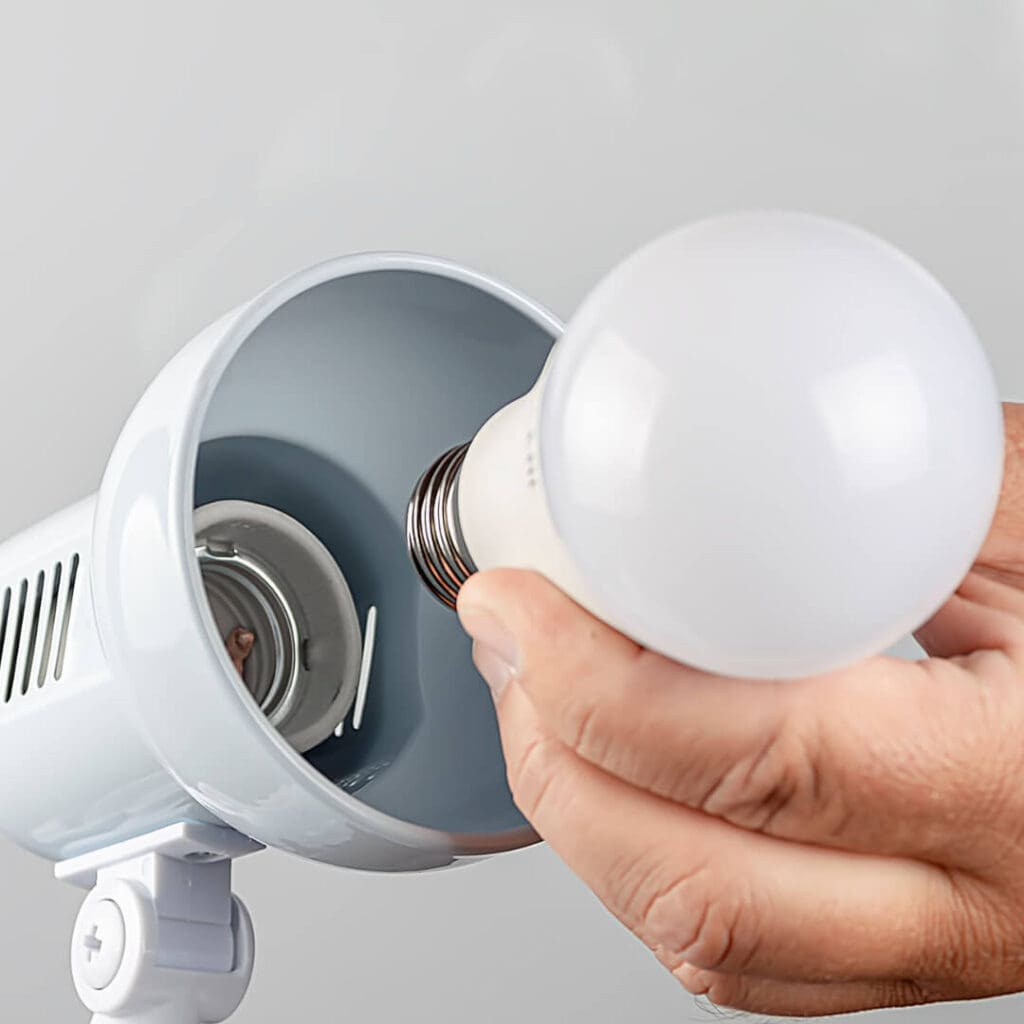
A Guide To Different Lightbulbs And Why LED Is The Safest Option
There is a wide variety of lightbulbs on the market today. Deciding which one is best for you and your needs can be challenging. When selecting light bulbs, several options are available, including incandescent, fluorescent, LED, and halogen bulbs.
Each type has unique characteristics, and choosing the correct bulb for your needs is essential.
Here are some of the different light bulbs explained.
Incandescent Bulbs – The Traditional Light Bulb
Incandescent bulbs are the traditional light bulb known for their warm, yellowish glow. However, they are not the most energy-efficient option and can get hot to the touch, making them a potential fire hazard.
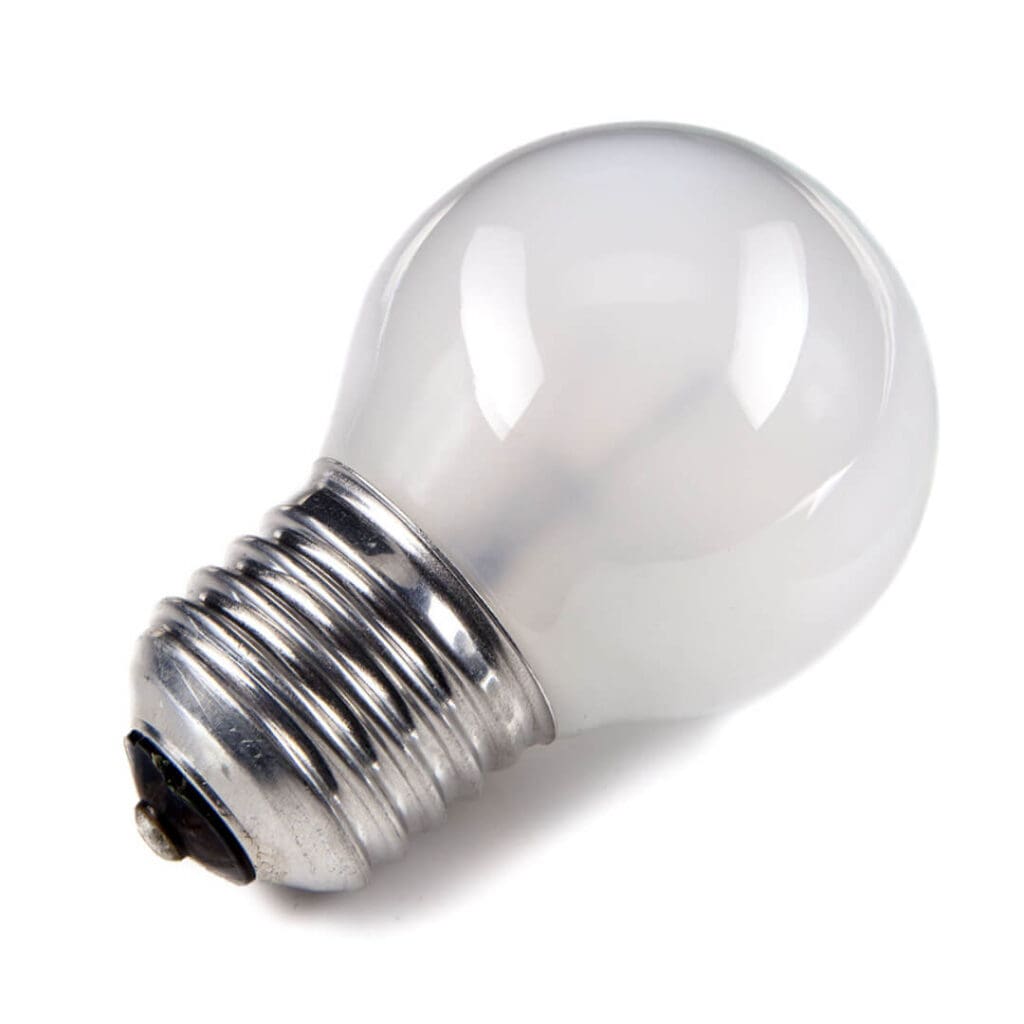
We do not recommend these light bulbs if you leave a lamp on for a long time.
Fluorescent Bulbs
Fluorescent bulbs are a more energy-efficient alternative to incandescent bulbs and last longer. They emit bright, white light and come in various shapes and sizes.
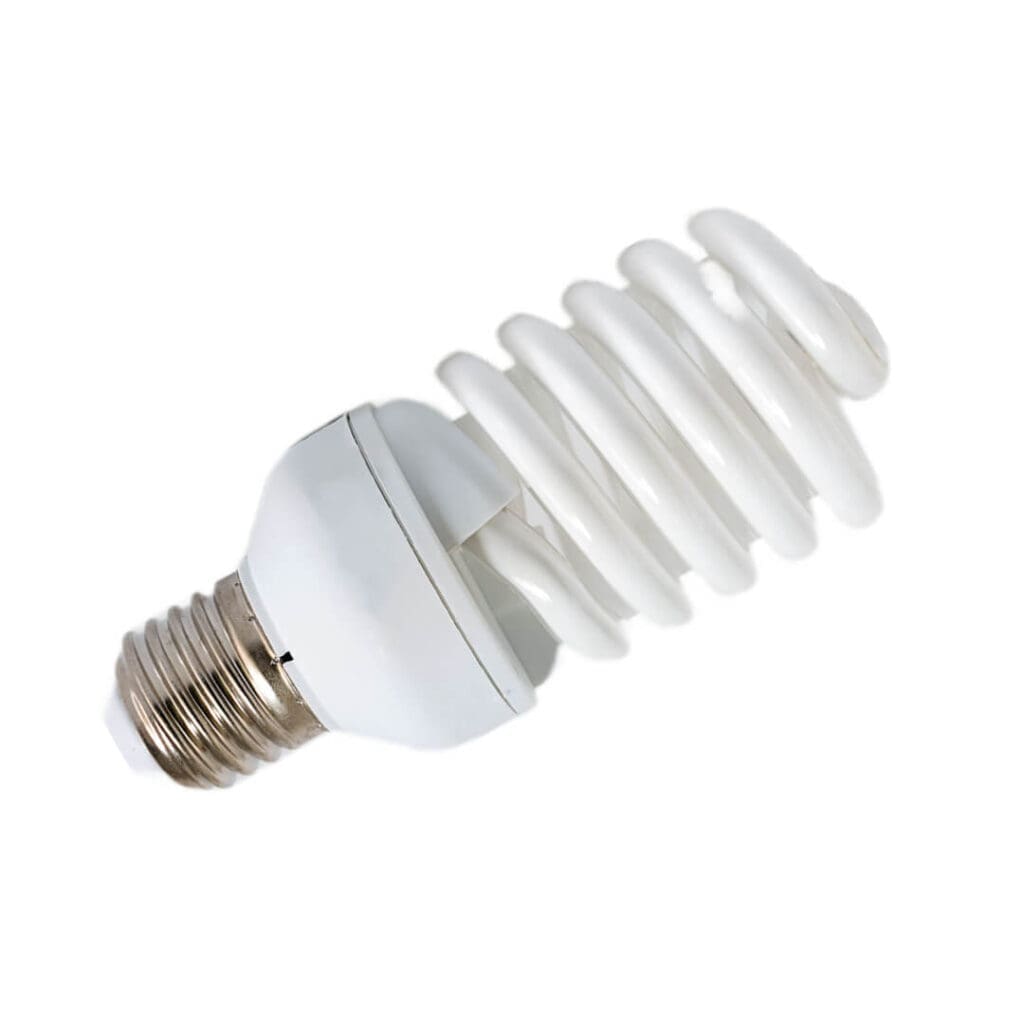
However, they contain small amounts of mercury, which can be harmful if the bulb breaks. So that is one reason many people may not like the fluorescent light bulb. Halogen Bulbs
Halogen bulbs are incandescent bulbs that use halogen gas to increase efficiency. They are more energy-efficient than traditional incandescent bulbs and have a longer lifespan.
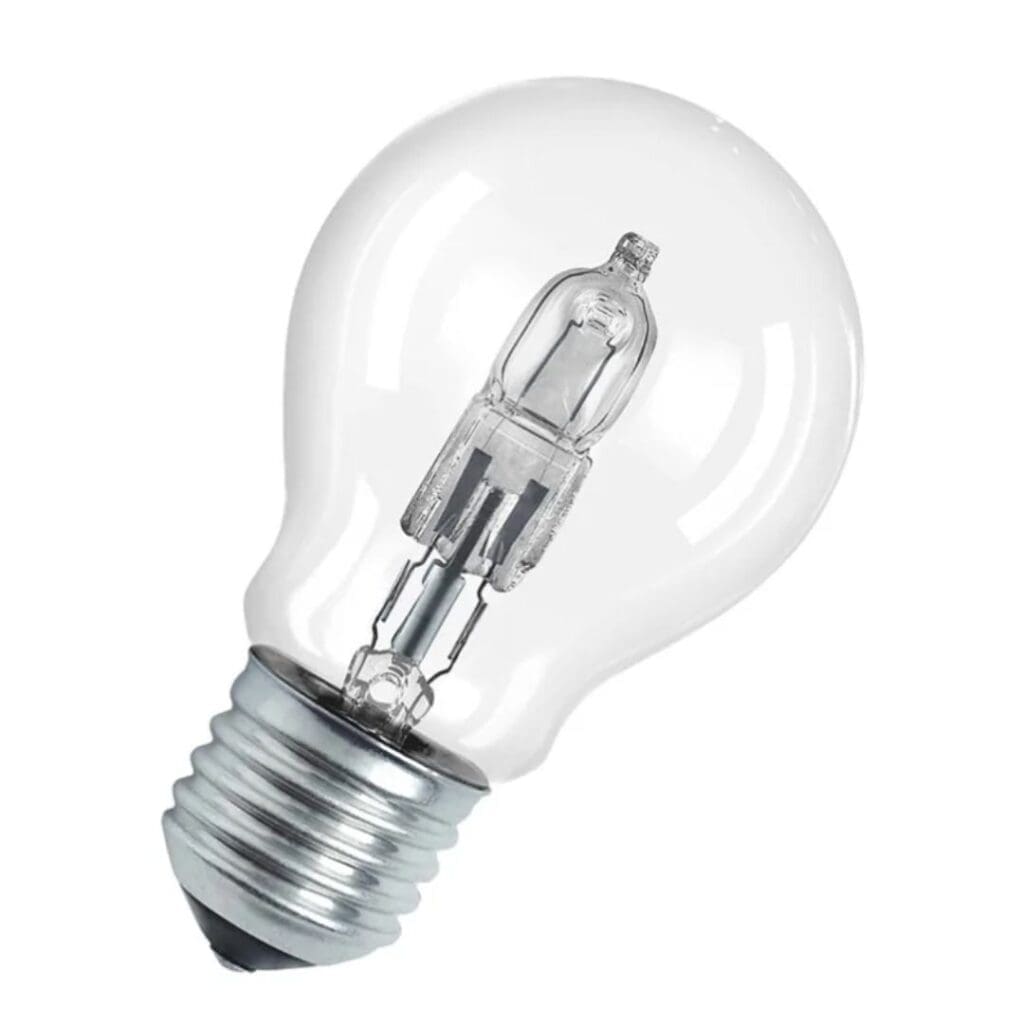
However, as they also get extremely hot and can be a fire hazard if not used properly, they are not recommended if you want to leave a lamp on for a long time.
LED Energy-Efficient Bulbs
LED bulbs are the most energy-efficient option and have a very long lifespan. They emit bright, white light and come in various colors and styles.
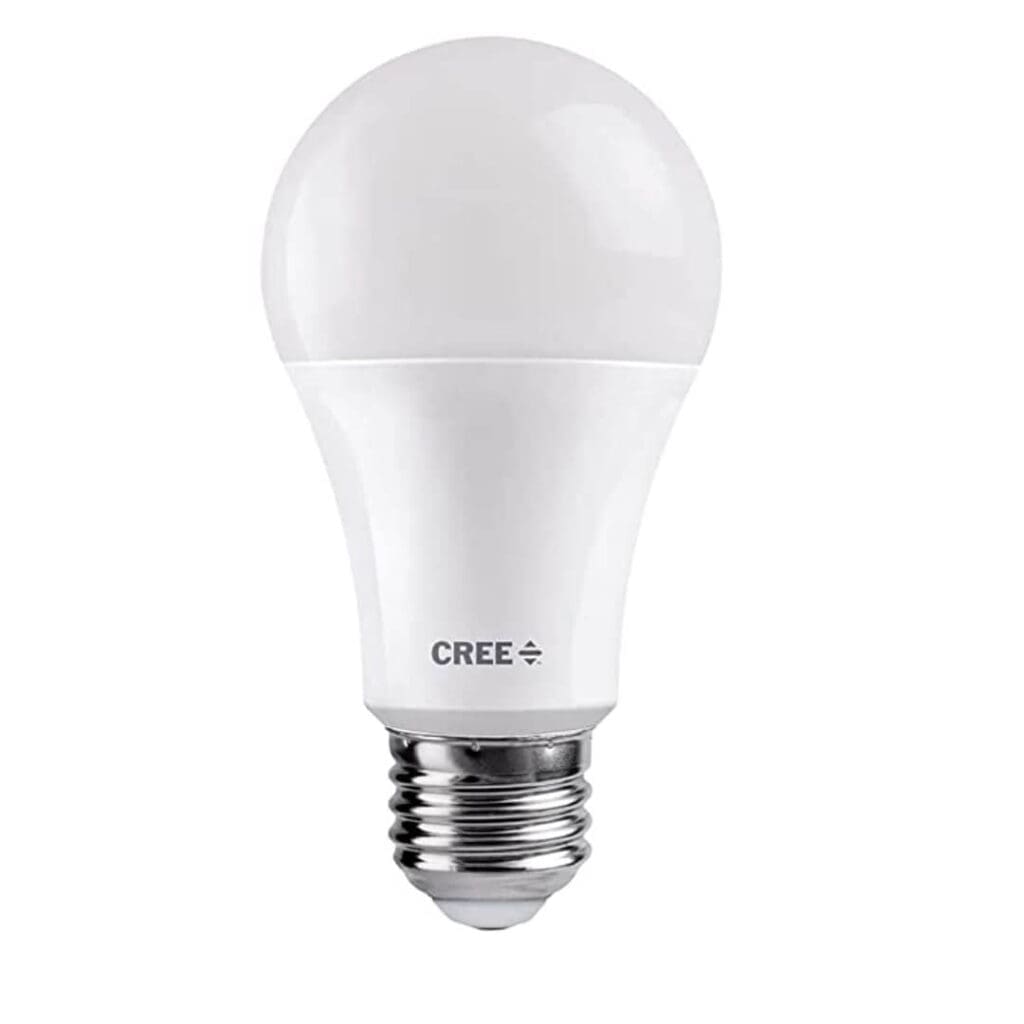
They also stay cool to the touch, making them a safer option for homes with children or pets.
When it comes to safety, LED bulbs are generally considered to be the safest option. They emit less heat than other bulbs, reducing the risk of fire, and they do not contain any hazardous materials like mercury.
They are also more durable than other bulbs and less likely to break.
When choosing a light bulb, it is essential to consider factors such as energy efficiency, lifespan, and safety. While each bulb type has unique characteristics, LED bulbs are generally considered the safest option due to their low heat emission and lack of hazardous materials.
**Disclaimer: This is not professional advice and should not be used as a substitute for consulting with a qualified electrician or safety expert or using your common sense in safety matters. This blog post is only for general information.
If you want to see how Mondoro can help you with your Ul Certified lamp needs, we would love to talk to you about how we can help you.
At Mondoro, we create, develop and manufacture home decor and furnishing products.
Find out more about how Mondoro can help you create, develop, and manufacture excellent home decor and furniture products – don’t hesitate to contact me, Anita. Check out my email by clicking here or become a part of our community and join our newsletter by clicking here.
Mondoro gives out a FREE Lookbook to anyone interested. You can receive a copy of our latest Lookbook by clicking here.
Listen to our Podcast called Global Trade Gal. You can find it on all major podcast platforms. Try out listening to one of our podcasts by clicking here.
Subscribe to our Mondoro Company Limited YouTube Channel with great videos and information by clicking here.
Frequently Asked Questions
What are the safety issues with leaving a lamp on constantly?
Leaving a lamp on constantly can increase the risk of fire hazards, especially if the lamp is placed near flammable materials or if the lamp itself becomes overheated.
Can leaving a lamp on for extended periods affect its lifespan?
Yes, continuously leaving a lamp on can potentially reduce its lifespan as the components, such as the bulb and electrical wiring, may experience increased wear and tear.
Are there certain types of lamps that are designed for continuous use?
Some lamps, such as LED lamps, are designed to be energy-efficient and have longer lifespans, making them suitable for continuous use compared to traditional incandescent lamps.
What safety precautions should be taken when leaving a lamp on for extended periods?
Ensure that the lamp is placed on a stable surface, away from flammable materials, and that it has proper ventilation to prevent overheating. Additionally, regularly check the lamp and its wiring for any signs of damage or overheating.
Can using a timer help with leaving a lamp on for extended periods?
Yes, using a timer can be a convenient way to control the duration the lamp remains on, reducing the risks associated with leaving it on constantly.
Are there any energy-saving alternatives to leaving a lamp on continuously?
Instead of leaving a lamp on continuously, consider using energy-saving bulbs or investing in smart lighting solutions that allow you to control the lamp remotely or set automated schedules.
Can leaving a lamp on increase electricity costs significantly?
Leaving a lamp on continuously can contribute to higher electricity costs over time, especially if the lamp uses traditional incandescent bulbs. Opting for energy-efficient bulbs can help mitigate this.
What are the fire safety precautions to consider when leaving a lamp on?
Ensure there are no flammable materials near the lamp, keep the lamp away from curtains or drapes, and make sure the lamp is in good condition with no frayed wires or loose connections.
Related Content
What Is The Difference Between LED, CFL, And Incandescent Light Bulbs?
There can be a little bit of confusion about the difference between an LED or incandescent bulb and which light bulb is the most energy-efficient.
You can discover more by reading What Is The Difference Between LED, CFL, and Incandescent Light Bulbs? by clicking here.
What Are The Standard Light Bulb Base Socket Types And Sizes?
It can get confusing when considering different light bulb socket bases. Many people get confused about the other numbers used for each light bulb base and their meanings.
You can discover more by reading our blog, What are the Standard Light Bulb Base Socket Types and Sizes? by clicking here.
Meaning Of The Incandescent Wattage Sticker On Your Lamp Socket
The incandescent wattage warning sticker on your lamp socket helps inform consumers what wattage lightbulb they can safely use for their lamp. The sticker also indicates that the lamp has been tested up to the UL or ETL standard for the amount of wattage listed.
You can discover more by reading our blog Meaning Of The Incandescent Wattage Sticker On Your Lamp Socket by clicking here.

